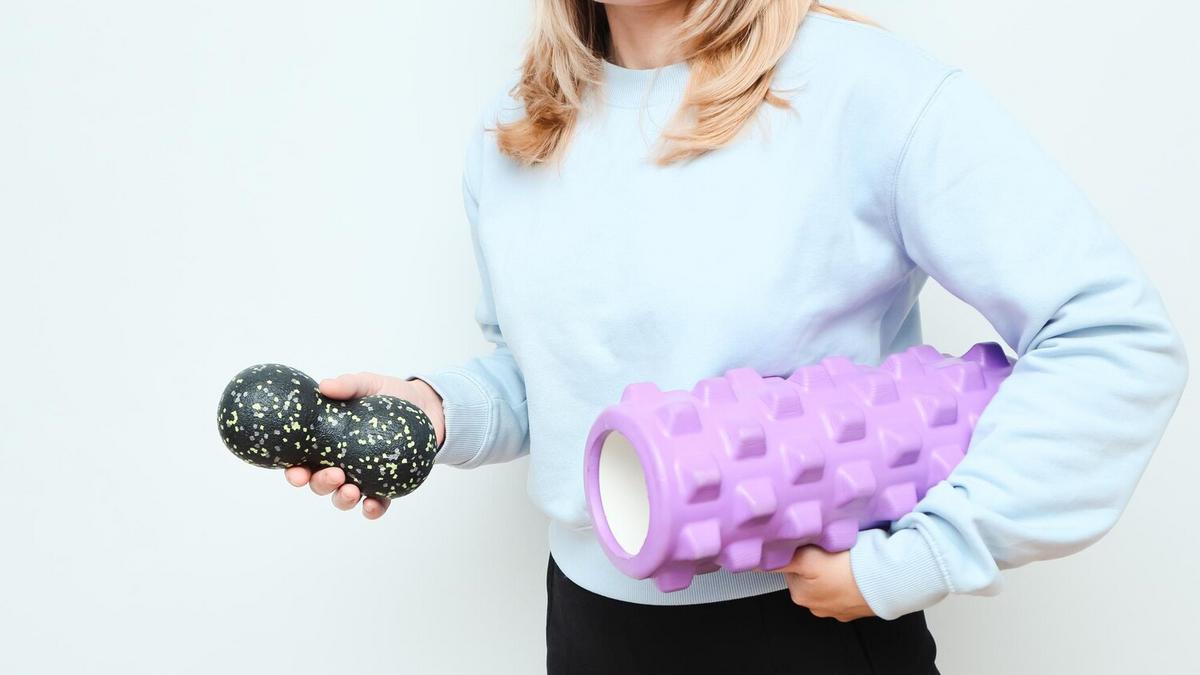As technology seamlessly integrates into our daily lives, wearable tech has emerged as a pivotal player in transforming personal fitness, offering insights and motivation like never before.
Wearable technology has become an integral part of the modern fitness landscape, offering more than just a step count. These devices, ranging from smartwatches to fitness trackers, provide a comprehensive view of one’s health metrics, facilitating informed decisions about fitness routines and overall well-being. A recent survey highlighted that nearly 21% of American adults regularly use wearable tech to monitor their health, underscoring its growing influence.
The Role of Wearable Tech in Fitness
Wearable fitness devices track various health metrics, including heart rate, calories burned, sleep patterns, and even stress levels. According to Dr. Emily Roberts, a fitness technology researcher, “Wearable tech offers real-time feedback, which is crucial for maintaining motivation and achieving fitness goals.” These insights help users tailor their workouts and lifestyle choices to optimize health outcomes.
Statistics and Research Findings
The American Heart Association notes that people who use wearables tend to be more physically active, with a reported 30% increase in weekly exercise levels. Such devices not only track progress but also encourage users to set and achieve personal goals, fostering a healthier lifestyle.
Personal Experiences with Wearables
Consider the story of Mark, a software engineer who struggled with maintaining a consistent workout schedule. After investing in a fitness tracker, he noticed a significant improvement in his motivation levels. “Seeing the data laid out clearly made it easier to spot trends and adjust my habits,” Mark shared. This kind of personalized data empowers users to take control of their fitness journey.
Actionable Tips for Using Wearable Tech
- Set Clear Goals: Define what you want to achieve with your fitness tracker, whether it’s weight loss, increased activity, or improved sleep.
- Regularly Review Data: Make it a habit to analyze your health metrics weekly to identify patterns and make necessary adjustments to your routine.
- Stay Consistent: Consistency is key. Ensure you wear your device daily to get the most accurate data.
Comparison Table of Popular Wearables
| Feature | Smartwatch A | Smartwatch B | Fitness Tracker C |
|---|---|---|---|
| Heart Rate Monitoring | Yes | Yes | Yes |
| GPS Tracking | Yes | Yes | No |
| Sleep Analysis | Yes | Yes | Yes |
| Water Resistance | 50m | 30m | 50m |
| Battery Life | 18 hours | 24 hours | 7 days |
| App Compatibility | iOS, Android | iOS, Android | iOS, Android |
| Price Range | $$$ | $$ | $ |
| Additional Features | ECG, Fall Detection | Blood Oxygen | Step Counter |
Frequently Asked Questions
Can wearables improve my fitness routine?
Yes, wearables provide valuable data that can help you optimize your workouts and track your progress over time.
Are wearable devices accurate?
While no device is 100% accurate, most wearables offer reliable data that can be used to monitor general trends and improvements.
Do I need to be tech-savvy to use a fitness tracker?
No, most devices are user-friendly and come with detailed instructions to help you get started.
Conclusion
Wearable technology continues to shape the future of personal fitness by offering insights that are both accessible and actionable. By leveraging these tools, individuals can make informed decisions about their health and fitness routines. Whether you’re a seasoned athlete or just beginning your fitness journey, wearable tech provides the support and motivation needed to reach your goals. Explore the world of wearable tech and see how it can enhance your personal fitness experience.




Leave a Reply